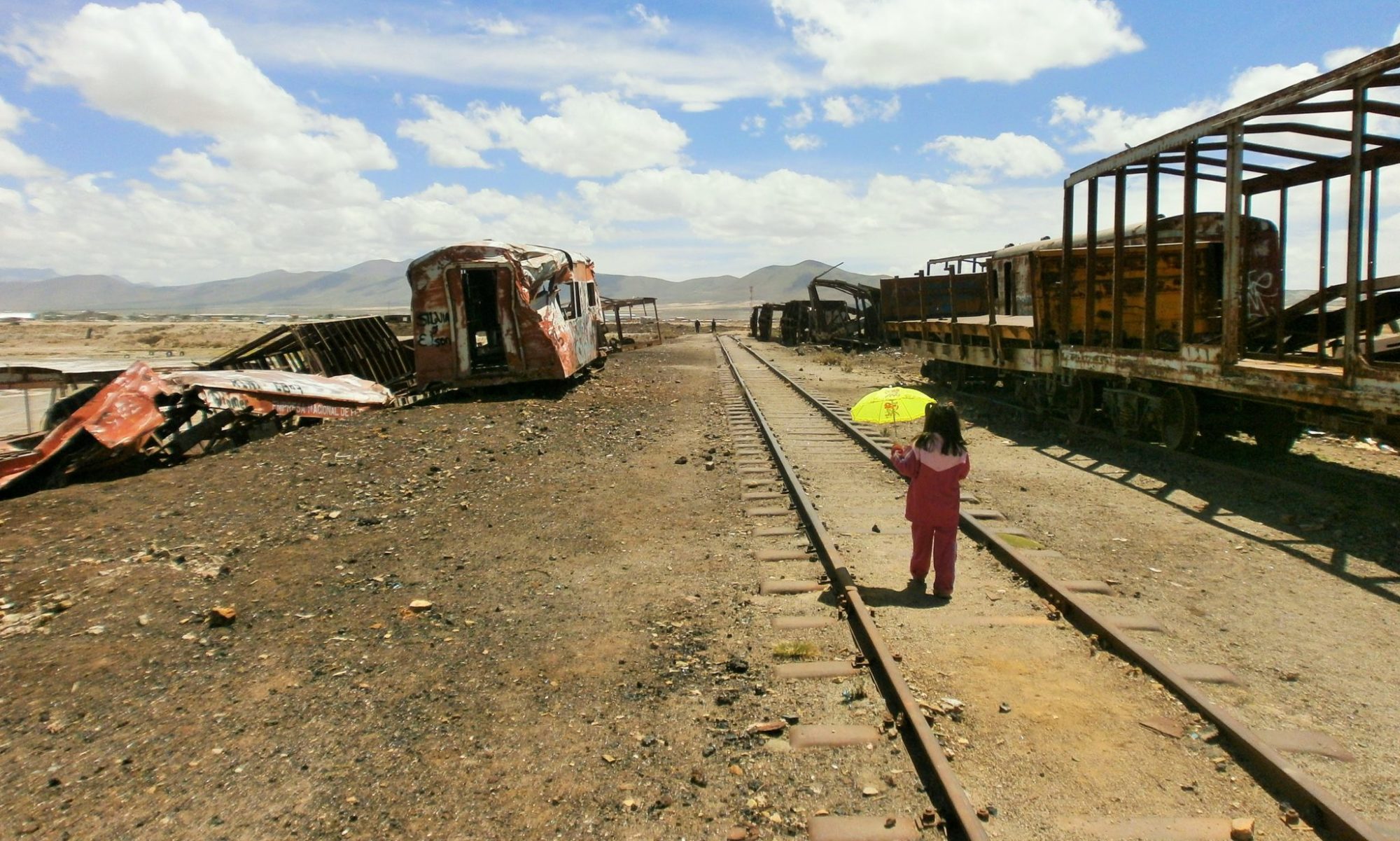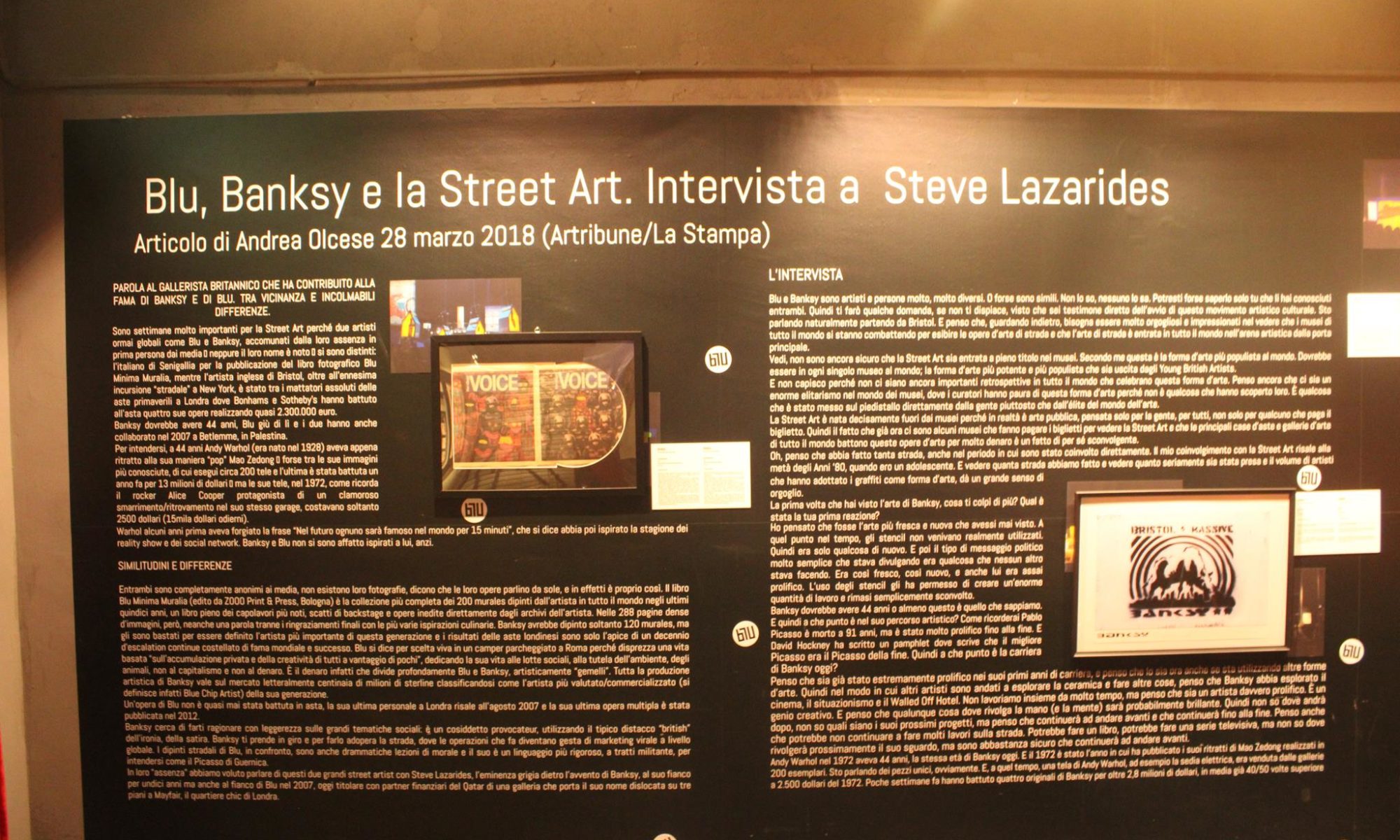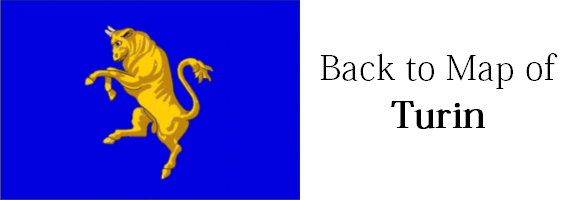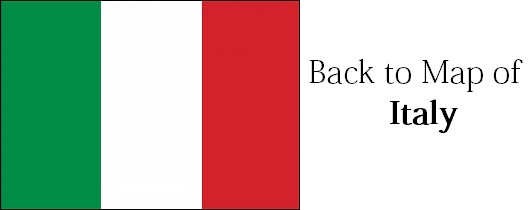BLU, BANKSY AND THE STREETART. INTERVIEW WITH STEVE LAZARIDES
In 2018 an interview by journalist and streetart lover Andrea Olcese from MyStreetart.net did an interesting interview with gallerist Steve Lazarides which got published on the famous Italian art magazine Artibune. The original version is in Italian and was also shown on the exhibition Streetart in Blu 3, here we have the English translation:
WORDS TO THE BRITISH GALLERIST WHO HAS CONTRIBUTED TO THE FAME OF BANKSY AND BLU. BETWEEN PROXIMITY AND UNFORGETTABLE DIFFERENCES.
These are very important weeks for Street Art because two now global artists like Blu and Banksy, united by their absence in the first person from the media – even their name is not known – distinguished themselves: the Italian from Senigallia for the publication of the photographic book Blu Minima Muralia, while the English artist from Bristol, in addition to the umpteenth „road“ foray into New York, was one of the absolute protagonists of the spring auctions in London where Bonhams and Sotheby’s auctioned four of his works for almost 2,300,000 euros. Banksy is expected to be 44, Blue down there, and the two also teamed up in 2007 in Bethlehem, Palestine. To be clear, at the age of 44 Andy Warhol (he was born in 1928) had just portrayed Mao Zedong in the way of him „pop“ – perhaps among his best-known images of him, of which he painted about 200 canvases and the last one was sold a year ago for 13 million dollars – but his canvases, in 1972, as the rocker Alice Cooper recalls, protagonist of a sensational loss / discovery in his own garage, cost only 2500 dollars (15 thousand dollars today). Warhol some years earlier had forged the phrase „In the future everyone will be world famous for 15 minutes“, which is said to have inspired the season of reality shows and social networks. Banksy and Blu were not at all inspired by him, on the contrary.
SIMILARITY AND DIFFERENCES
Both are completely anonymous to the media, there are no photographs of them, they say that their works speak for themselves, and indeed it is. The book Blu Minima Muralia (published by ZOOO Print & Press, Bologna) is the most complete collection of the 200 murals painted by the artist all over the world in the last fifteen years, a book full of the best known masterpieces, backstage shots and unpublished works directly from the artist’s archives. In the 288 pages full of images, however, not a single word except the final thanks with the most varied culinary inspirations. Banksy would have painted only 120 murals, but they were enough for him to be called the most important artist of this generation and the results of the London auctions are only the culmination of a decade of continuous escalation studded with world fame and success. Blu is said by choice to live in a camper parked in Rome because he despises a life based „on private accumulation and the creativity of all for the benefit of a few“, dedicating his life to social struggles, to the protection of the environment, of animals, not to capitalism and not to money. In fact, it is money that deeply divides Blu and Banksy, artistically „twins“. All of Banksy’s artistic production is worth literally hundreds of millions of pounds on the market, classifying himself as the most valued / marketed artist (he defines himself as Blue Chip Artist) of his generation. A work by Blu has almost never been auctioned, his last solo show in London dates back to August 2007 and his last multiple work was published in 2012. Banksy tries to make you think lightly on the great social issues: he is a so-called provocateur, using the typical „British“ detachment of irony and satire. Banksy makes fun of you and to do so he uses the road, where the operations he does become viral marketing feats on a global level. By comparison, Blu’s street paintings are also dramatic moral lessons and his is a more rigorous, at times militant language, to be understood as Guernica’s Picasso. In their „absence“ we wanted to talk about these two great street artists with Steve Lazarides, the gray eminence behind the advent of Banksy, at his side for eleven years but also alongside Blu in 2007, now owner with financial partners of the Qatar of a gallery that bears his name spread over three floors in Mayfair, the chic district of London.
THE INTERVIEW
Blu and Banksy are very, very different artists and people. Or maybe they are similar. I don’t know, nobody knows. You may only know that you have known them both. So I’ll ask you a few questions, if you don’t mind, since you are a direct witness of the start of this artistic and cultural movement. I am speaking of course starting from Bristol. And I think, looking back, one must be very proud and impressed to see that museums around the world are fighting each other to exhibit street art and that street art has entered the arena all over the world from the main door.
LAZARIDES: You see, I’m still not sure if Street Art has fully entered museums. In my opinion this is the most populist art form in the world. It should be in every single museum in the world; the most powerful and most populist art form to come out of the Young British Artists. And I don’t understand why there are still no major retrospectives around the world celebrating this form of art. I still think there is enormous elitism in the world of museums, where curators are afraid of this form of art because it is not something they have discovered. It is something that was put on the pedestal directly by the people rather than by the elite of the art world.
OLCESE: Street Art was definitely born out of museums because in reality it is public art, designed only for people, for everyone, not just for someone who pays the ticket. So the fact that there are already some museums that charge tickets to see Street Art and that major auction houses and art galleries around the world are beating these works of art for a lot of money is a fact of shocking in itself.
LAZARIDES: Oh, I think it has come a long way, even during the time I was directly involved. My involvement with Street Art dates back to the mid-1980s, when I was a teenager. And seeing how far we have come and seeing how seriously it has been taken and the volume of artists who have adopted graffiti as an art form, gives a great sense of pride.
OLCESE: The first time you saw Banksy’s art, what struck you the most? What was your first reaction?
LAZARIDES: I thought it was the freshest and newest art I had ever seen. At that point in time, the stencils were not really being used. So it was just something new. And then the kind of very simple political message he was spreading was something no one else was doing. He was so fresh, so new, and he too was very prolific. The use of stencils allowed him to create a huge amount of work and I was simply shocked.
OLCESE: Banksy should be 44 or at least that’s what we know. And so at what point is he in his artistic career? As you may recall, Pablo Picasso died at 91, but he was very prolific until the end. And David Hockney wrote a pamphlet where he writes that the best Picasso was the Picasso of the end. So where is Banksy’s career at today?
LAZARIDES: I think he has already been extremely prolific in his early career years, and I think he is now even though he is using other art forms. So in the way other artists went to explore pottery and do other things, I think Banksy explored cinema, situationism and the Walled Off Hotel. We haven’t worked together for a long time, but I think he’s a really prolific artist. He is a creative genius. And I think that whatever he puts his hand (and his mind) on is probably going to be brilliant. So I don’t know where he’ll go next, I don’t know what his next plans for him are, but I think he’s going to keep going and going to the end. I also think he may not keep doing a lot of road work. He could do a book, he could do a television series, but I don’t know where he will turn his gaze to him next, but I’m pretty sure he will keep going.
OLCESE: Andy Warhol was 44 in 1972, the same age as Banksy today. And 1972 was the year in which he published his portraits of Mao Zedong made in 200 copies. I’m talking about the unique pieces, of course. And, at the time, an Andy Warhol canvas, for example the electric chair, was sold by galleries for $ 2,500 in 1972. A few weeks ago they beat out four Banksy originals for over $ 2.8 million, on average already 40 / 50 times higher than what a Warhol painting cost when he was 44 years old. What do you think of this evolution of the values – At stake and of fame – Perhaps the Internet has helped.
LAZARIDES: I think the whole thing? Banksy’s career and the explosion of Street Art. It is intrinsically linked to the birth of the Internet [the advent of the World Wide Web dates back to 1991, Ed.]. Banksy’s career began just as the internet was starting to explode. And suddenly these street performers find themselves a powerful platform through which they can simultaneously reach billions of people around the world, while in the past? If we went back to the time of Andy Warhol, the only way to make your work known was through a gallery or newspaper. And none of these media have a reach similar to that of the Internet today.
OLCESE: Blue is most likely the same age as Banksy. He was born in Italy, in Senigallia, and, in reality, he is also much more prolific than Banksy with regard to the works on the walls, in the street.
LAZARIDES: Oh, absolutely. As far as possible Blu is the purest of the pure compared to street performers. He has no commercial angle at what he does, he has a very political mindset, he is prolific and – as for him – he is the real role model for what street performers should be.
OLCESE: Yes, I understand your point. Let me go to 2007, where in the West Bank, Palestine, you and Banksy organized …
LAZARIDES: I have to stop you here. It wasn’t my organization. It is Banksy who organized everything himself.
OLCESE: Well, in that context, Blu and Banksy also made a work of art together, a lighthouse, an olive wood sculpture signed together and Blu painted some West Bank murals. And just the same year, just the same summer, you did an exhibition of Blu in your gallery in London on Greek Street. What do you remember?
LAZARIDES: I really did it. I feel absolutely privileged to be one of the few galleries in the world that has ever managed to get Blue to do an exhibition of that level. And it was an absolutely resounding success. And he was unique, I can’t say enough good things about him. It was a real pleasure to work with him. And we did some pieces in the streets of London, he made the pieces that were on display in the gallery. But, actually, Blu doesn’t make paintings, so it was more stuff that he’d almost ripped from his sketchbook and then framed to go to the gallery. It was a great success especially because it was one of the few times that Blu did something within the „system“ of art galleries.
OLCESE: Yes, but why didn’t Blu basically continue working on this path?
LAZARIDES: I think he’s so political and has such a strong sense of who he is and what he wants to do, and I don’t think he’s absolutely motivated by money or fame – all he wants is to paint on the street and paint walls. And I think he has stayed true to that principle for the past fifteen years.
OLCESE: In your opinion today, with the Internet, with social networks and with the Street Art movement, what would be the artistic path of Caravaggio or Pablo Picasso, for example?
LAZARIDES: What if they were alive today? I’m not sure why I still consider them „traditional“ artists. And I think, in today’s society, the people who are using the internet best from an artistic point of view are people like JR and Banksy and artists who are on the fringes. It is strange that many older and more established artists seem to be estranged from using the Internet. So I’m not sure if Caravaggio and Picasso would have been the same, they wouldn’t have used these tools in the same way that kind of young, visceral, new artists use them today.
OLCESE: Obviously there is no interview with Banksy, no interview with Blu on the subject. But the fact that these two artists worked together for a piece, in essence, already says something, it says that the two artists most likely like each other, right?
LAZARIDES: Yes, I think there is a lot of mutual respect between them. But I don’t really have much to share because every time they met, it was in private. I’ve never been involved in their conversations, so it’s hard to comment on.
OLCESE: Do you think it’s fame and money that make the difference between Blue and Banksy?
LAZARIDES: I think so. Blu lives in the camper because he spends a lot of time traveling around South America and around the world. As I have already said, Blu’s interest in the world is only to paint the walls. And I think Banksy’s interests are different. So I think they’re similar on one level and millions of miles apart on another.
OLCESE: What do you think will remain of these two artists for future generations?
LAZARIDES: I think Banksy will be considered one of the most famous „commercial“ graffiti artists of all time. And I think Blu will be considered one of the purest graffiti artists of all time.
OLCESE: But what’s the difference technically?
LAZARIDES: Well, Blu has never made canvases, he has never sold anything, he has remained faithful to his political roots. So Banksy is, I would say, a rather commercial graffiti artist nowadays. I hope they continue to be strong and true to their roots. So I can’t see Blu change, I’d love to see them both in museums, and move on the way they’re going.
OLCESE: To close, what is your general thought on the future of Street Art, of urban art?
LAZARIDES: I think she must have a long look at herself. I think there are so many artists in the world today. And one of the reasons why Blu and Banksy stand out so much from the others is that they’re actually trying to convey a message, they’re trying to say something. So I think there are a lot of things to say to the world today. And I think more graffiti artists need to try to say more rather than just paint beautiful pictures.
Andrea Olcese
THE AUTHOR ANREA OLCESE
Andrea Olcese, Russian and Italian, from a family of industrial pioneers and a Russian aristocratic family, has delighted in being a publicist since high school and has been involved in radio and television having made over 5,000 hours of „premium“ television content with Einstein Multimedia. Since the early 2000s he has been passionate about Square Kufic calligraphy and is a small collector of Street Art. He lives happily in Dubai.
STEVE LAZARIDES – LAZ EMPORIUM
Laz Emporium is very much a reflection of myself – goods from the shattered brain of Steve Lazarides. We’re creating new pieces, made ourselves in the new Laz Studio out in the Wild West Country. These will be on sale next to objets d’anarchy from my own archive. I can’t hide it anymore, I simply aspire to be Ian McShane’s roguish, 80s TV antiques dealer Lovejoy. An emporium is ‘a store carrying many different kinds of merchandise’ – an eclectic and intriguing range of stock. My collection is the product of my bipolar mind, always leaping from one area of fascination to another. So ‘emporium’ made for a more fitting description than ‘gallery’ (been there, done that) or something trendy, which I could never countenance, like ‘marketplace’. Laz Emporium is a family business. My mum and dad run the warehouse. Many of my old crew are on board, either up in the crow’s nest plotting a path ahead or below decks rowing for their lives. And it feels like I’ve finally settled on a project that encompasses all my interests. Something that’s doesn’t just involve art, but also photography, design, and publishing and anything else that floats my boat. You’d be forgiven for thinking that the best things in life are un-categorisable – I’ll be picking up weird and wonderful esoteric clutter on this journey to sell here as well. Moreover, I’ll make new work with creatives of this world who can’t be pigeonholed. But whatever it is, it’ll always have a subcultural element to its character. It all certainly beats selling art in tents. The real life Laz Emporium, that you can visit by appointment, will be open imminently. I’ll be behind the till. Until then, browse at your leisure. – Steve Lazarides
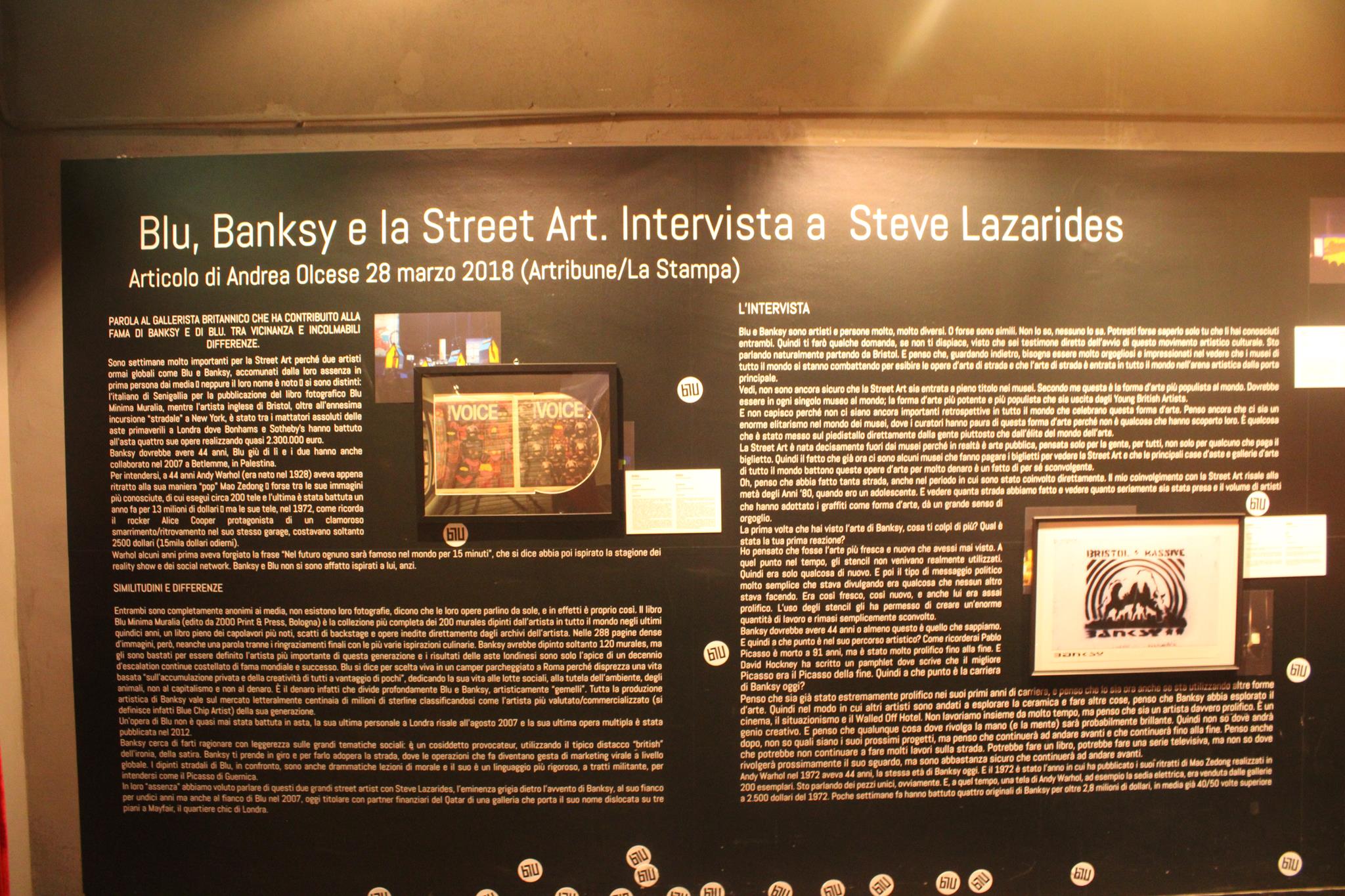
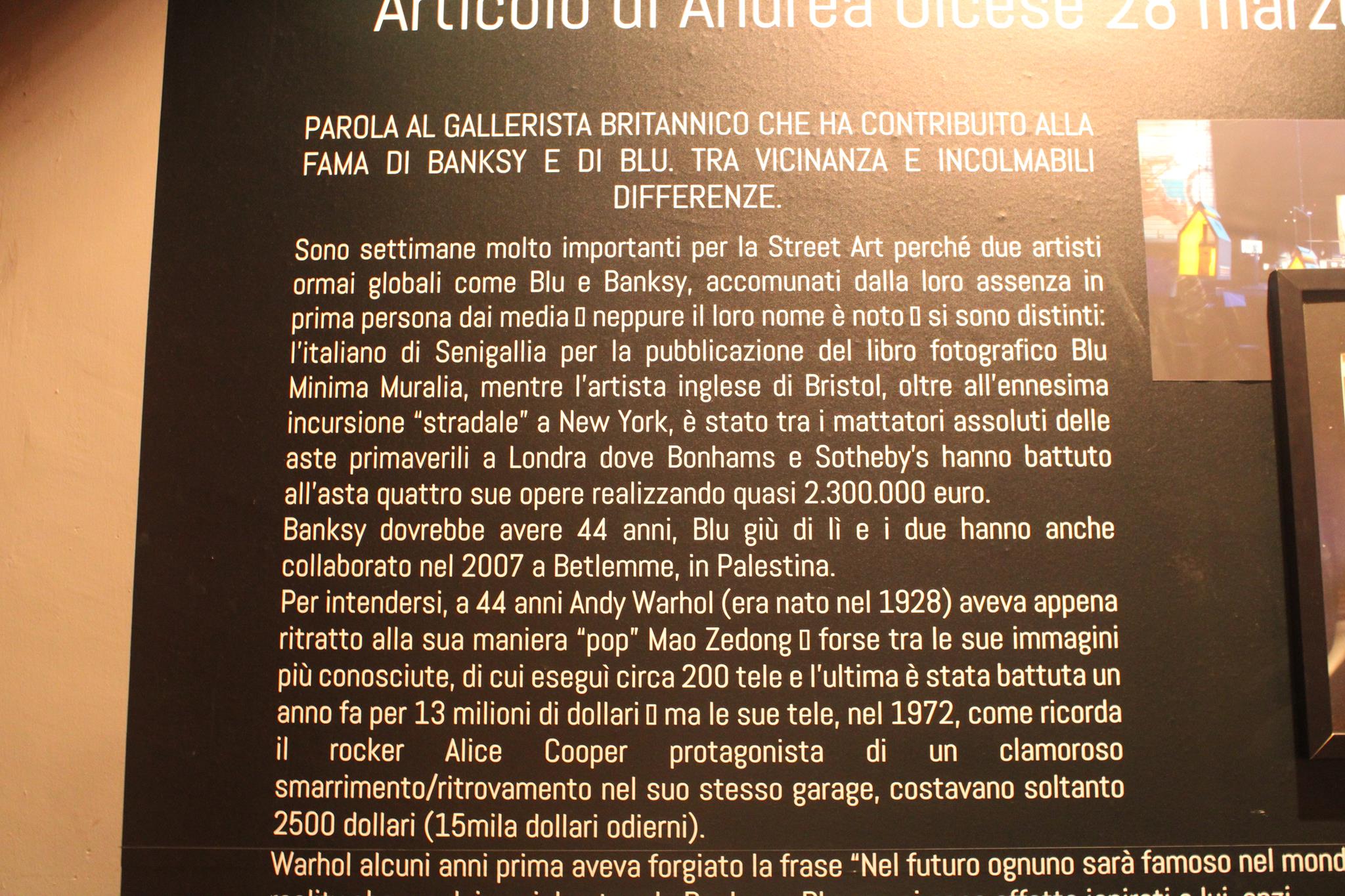


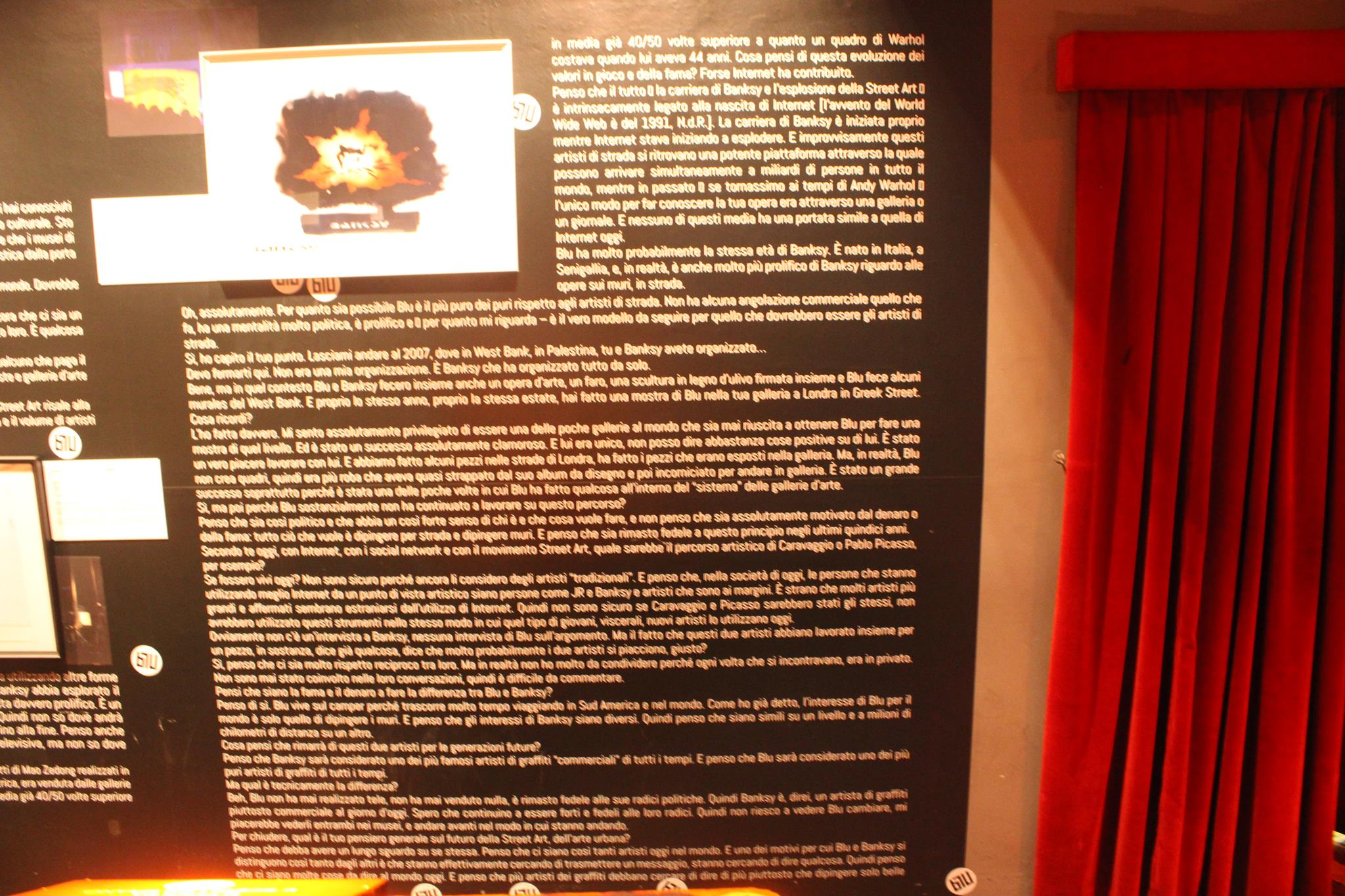
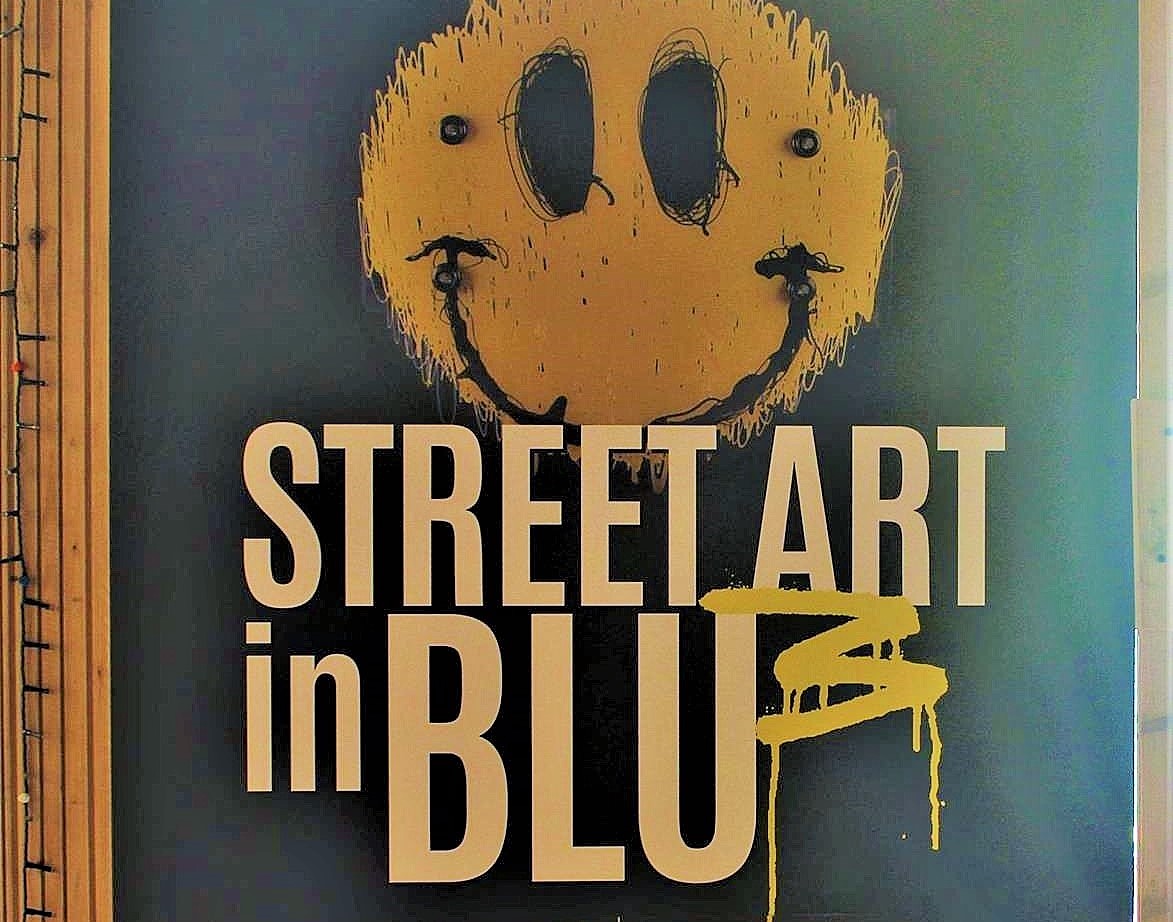
INTOTHEK
![]() Gallerist: STEVE LAZARIDES
Gallerist: STEVE LAZARIDES
![]() Website: https://lazemporium.com
Website: https://lazemporium.com
![]() Instagram: https://www.instagram.com/stevelazarides
Instagram: https://www.instagram.com/stevelazarides
![]() Original Interview: https://www.artribune.com/professioni-e-professionisti/who-is-who/2018/03/blu-banksy-street-art-intervista-steve-lazarides
Original Interview: https://www.artribune.com/professioni-e-professionisti/who-is-who/2018/03/blu-banksy-street-art-intervista-steve-lazarides
![]() Exhibition: STREETART IN BLU 3
Exhibition: STREETART IN BLU 3
![]() Collection: https://vagabundler.com/italy/streetart-map-turin/streetartinblu3-gallery
Collection: https://vagabundler.com/italy/streetart-map-turin/streetartinblu3-gallery
![]() Gallery: TEATRO COLOSSEO
Gallery: TEATRO COLOSSEO
![]() Website: https://www.teatrocolosseo.it
Website: https://www.teatrocolosseo.it
![]() Facebook: https://www.facebook.com/teatro.colosseo
Facebook: https://www.facebook.com/teatro.colosseo
![]() Instagram: https://www.instagram.com/teatrocolosseo
Instagram: https://www.instagram.com/teatrocolosseo
![]() Twitter: https://twitter.com/teatrocolosseo
Twitter: https://twitter.com/teatrocolosseo
![]() Youtube: https://www.youtube.com/channel/UCD-u7xaIB7hOPEz98U-4shw
Youtube: https://www.youtube.com/channel/UCD-u7xaIB7hOPEz98U-4shw
![]() Teatro Colosseo Collection: https://vagabundler.com/italy/streetart-map-turin/colosseo-gallery
Teatro Colosseo Collection: https://vagabundler.com/italy/streetart-map-turin/colosseo-gallery
![]() Photographer: LUIGI SAVOIA
Photographer: LUIGI SAVOIA
![]() Streetart: https://www.instagram.com/mcescherbach
Streetart: https://www.instagram.com/mcescherbach
![]() Design: https://www.instagram.com/mcescherbach_design
Design: https://www.instagram.com/mcescherbach_design
![]() Main Legend: https://www.instagram.com/explore/tags/mcebmainlegend
Main Legend: https://www.instagram.com/explore/tags/mcebmainlegend
![]() Interview: https://vagabundler.com/designer/luigi-savoia
Interview: https://vagabundler.com/designer/luigi-savoia
![]()
RECOMMENDABLE GRAFFITI SPOTS IN TURIN
>>> Maua Museum Gallery <<<
>>> Parco Dora <<<
>>> Toward 2030 <<<
>>> Via Andrea Sansovino 48 <<<
>>> Corso Palermo 117 <<<
>>> Lungo Dora Siena 50d <<<
>>> Via Tommaso Salvini 9a <<<
>>> Via Quittengo 41 <<<
![]()
MORE ARTICLES ABOUT ITALY
>>> Nick Neim & Art of Sool <<<
>>> Designer Luigi Savoia <<<
>>> Murales di Orgosolo <<<
>>> Venice – Venezia la Serenissima <<<
>>> Torino Cittá del Cinema <<<
>>> Florence – Firenze Toskana <<<
>>> Lago di Como <<<
>>> Bologna – University City <<<
>>> Streetart Bologna <<<
>>> Lago di Garda <<<
